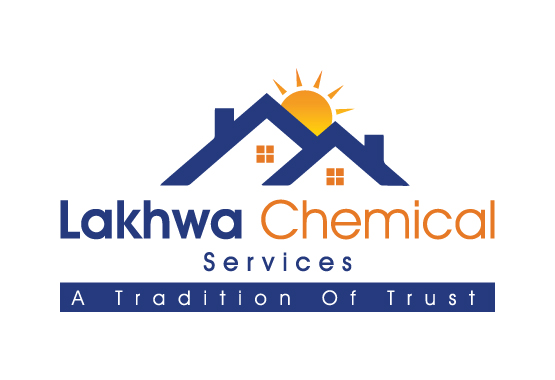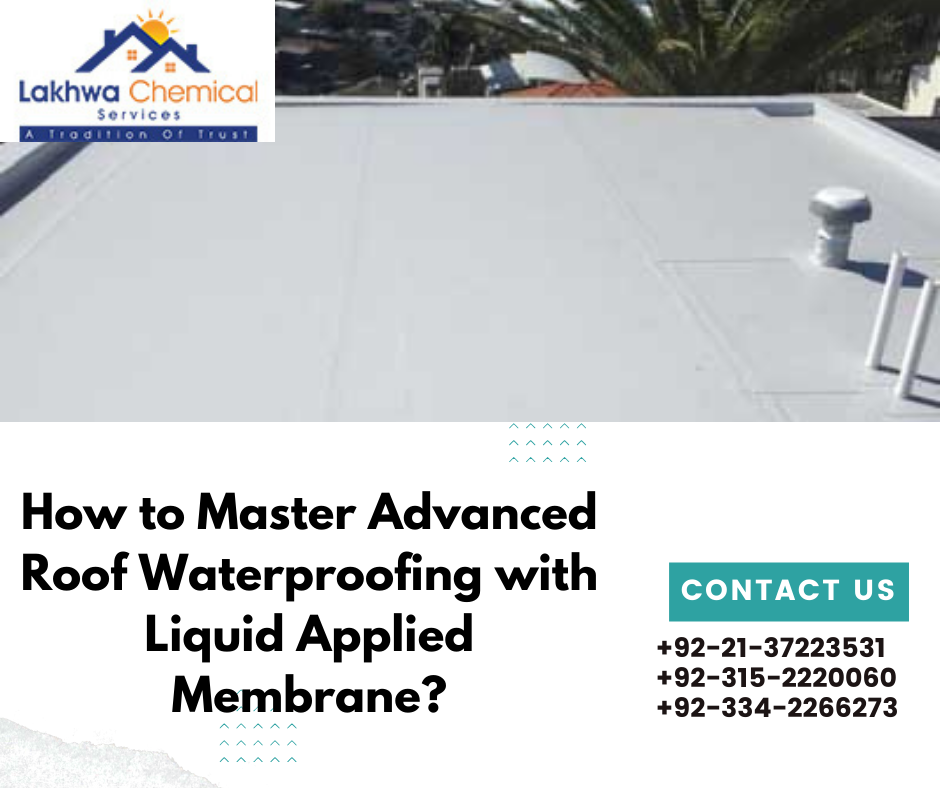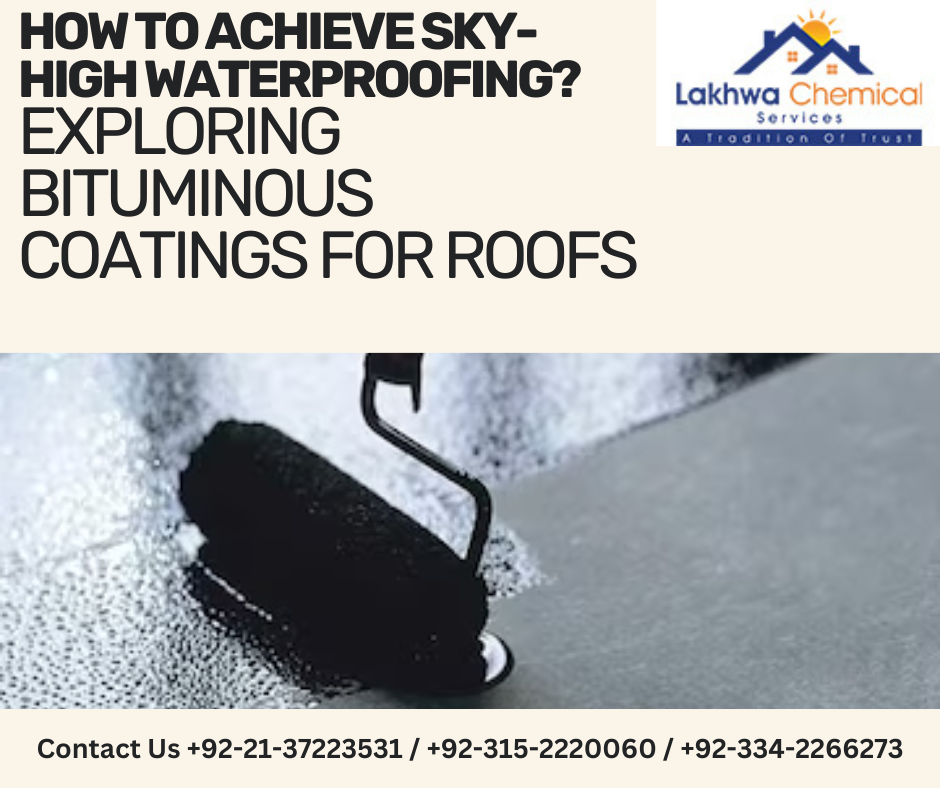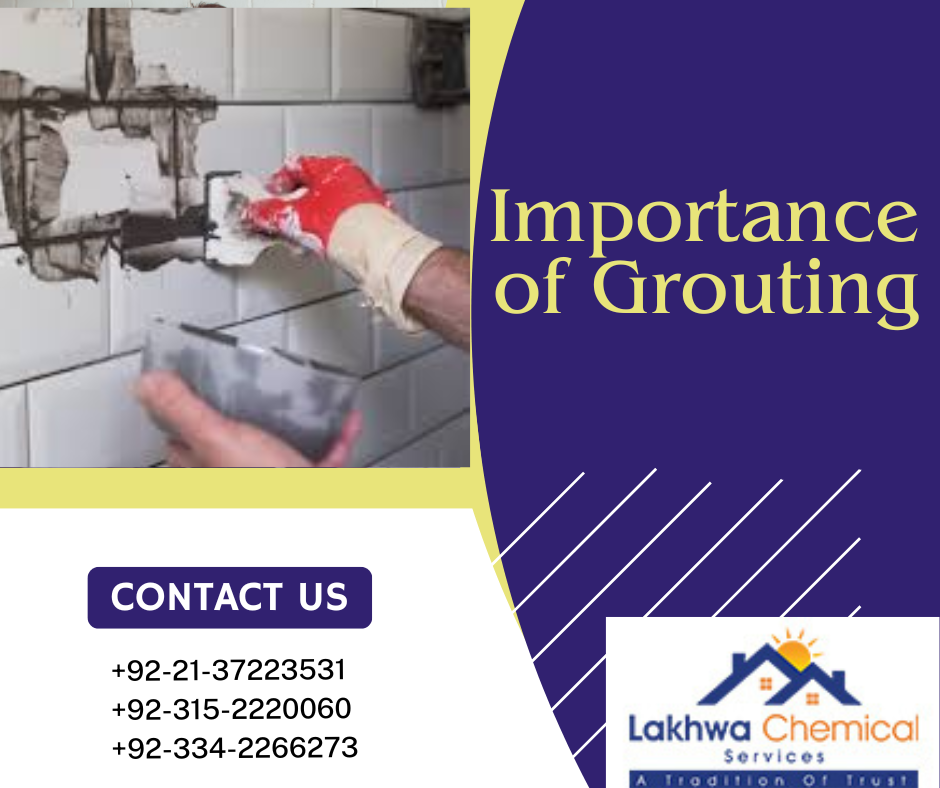How To Master Advanced Roof Waterproofing With Liquid Applied Membrane?
Have you heard about self-healing membranes that cover up minor imperfections due to weather conditions or any accident? Or, about nanotechnology? Well, that’s something advanced in the waterproofing industry. And, it’s still a work-in-progress.
Liquid Applied Membranes – New Trends & Changes
There are several rising trends in the liquid waterproofing membrane industry. Better eco-friendly solutions (low VOC products), cold-applied systems, and use of advanced polymers are some of them. The advancements in the waterproofing industry relate to higher durability, resistance to environmental stressors, and elasticity.
Increasing demand of environmental-friendly homes is expected to augment the use of LAMs. They help in providing cool solutions with high reflectivity and elasticity, making structures more efficient and sustainable. Modern liquid membranes are eco-friendlier than previous versions, having high reflectivity and less odor.
Read More
Difference Between Ordinary Chemicals and Lac Heat Reflector in Karachi
List of Benefits Using Cool Roof Services in Karachi
Best Ways to Apply Heat Reflective Roof Paint in Pakistan
Nanotechnology
Modern substrates can resist liquid water but allow water (in gas form) to move through, creating a water-resistant breathable layer. Trapped water (in the surface) can evaporate out of the pores, restricting internal water damage and efflorescence.
Nanoparticles are UV-resistant (under high temperature conditions). These particles are powerfully attached to the substrate, restricting any inflow of moisture. Waterproof coats (made from nanoparticles) are invisible to the eye because of the size of the nanoparticle. Moreover, it does not modify the physical appearance of the surface.
New Liquid Membranes
Conventional membranes, such as polyurethane, bitumen, or cementitious, possess a huge clientele throughout the world. These coverings can restrict unwanted liquid particles from entering closed structures. But, with the advancement of technology and discovery of new materials, reinforced liquid membranes have been marketed for better results.
Following are some of them:
Polymer Modified Bitumen
In this process, bitumen is strengthened with co-polymers to enhance durability and elasticity to the layer. They are marketed as solvent-based and water-based solutions. Apart from co-polymers, inert fibers and fillers can also be added for enhanced performance. This coating may require protective finishes or primers.
Glass-Reinforced Polyester Coating
Also known as GRP, it is a glass-powered polyester resin for roofing purposes. It renders a combination of flexibility, elasticity, and wear-resistance.
Flexible Unsaturated Polyester Resins
This membrane consists of an unsaturated resin strengthened with polyester fleece. It can be applied with spray machines or rollers. It is a fire-resistant and flexible membrane, capable of handling extreme conditions.
Read More
Is Roof Cooling Paint in Karachi Secured For the Elderly?
Is Lac Heat Reflector Applied to Buildings?
Is Heat Reflective Roof Paint in Karachi The Only Solution for a Heatwave?
Water Dispersible Polymers
These polymers are based on a wide range of dispersion and emulsion coatings. It contains a water-based binder and additive. Water-dispersible polymers can be applied with air-assisted spraying, roller, or brush in appropriate weather conditions.
Benefits of Liquid Applied Membranes
- No fire issues
- Versatile
- Seamless application
- Accommodate movement
- Easy to apply
Difference Between Liquid Roof Coatings and Liquid Roofing Membranes
Liquid roofing membrane and liquid roof coating consist of polymer-based substances that create a strong waterproofing barrier.
| Liquid Roof Coatings | Liquid Roofing Membranes |
| Short-term barrier against moisture | Long-term barrier against moisture |
| Fill smaller gaps or crevices | Fill bigger gaps or crevices |
| Inexpensive | Costly |
What is Supported Liquid Membrane?
Supported liquid membrane is a three-phase system in which the membrane is clasped by capillary forces in the pores of an inorganic film. There are two aqueous solutions present:
- Feed phase
- Strip phase
The difference in concentration is the driving force between the phases.
So, are you ready for a new liquid applied membrane for your roof? Connect with Lakhwa Chemical Services today! Our experts’ successes are known far and wide; we can manage a wide range of water-proofing processes, such as cementitious, bitumen, polyurethane, etc. Besides, we can carry out fumigation works too. To book an appointment, call or email today!




Leave a Reply
Want to join the discussion?Feel free to contribute!